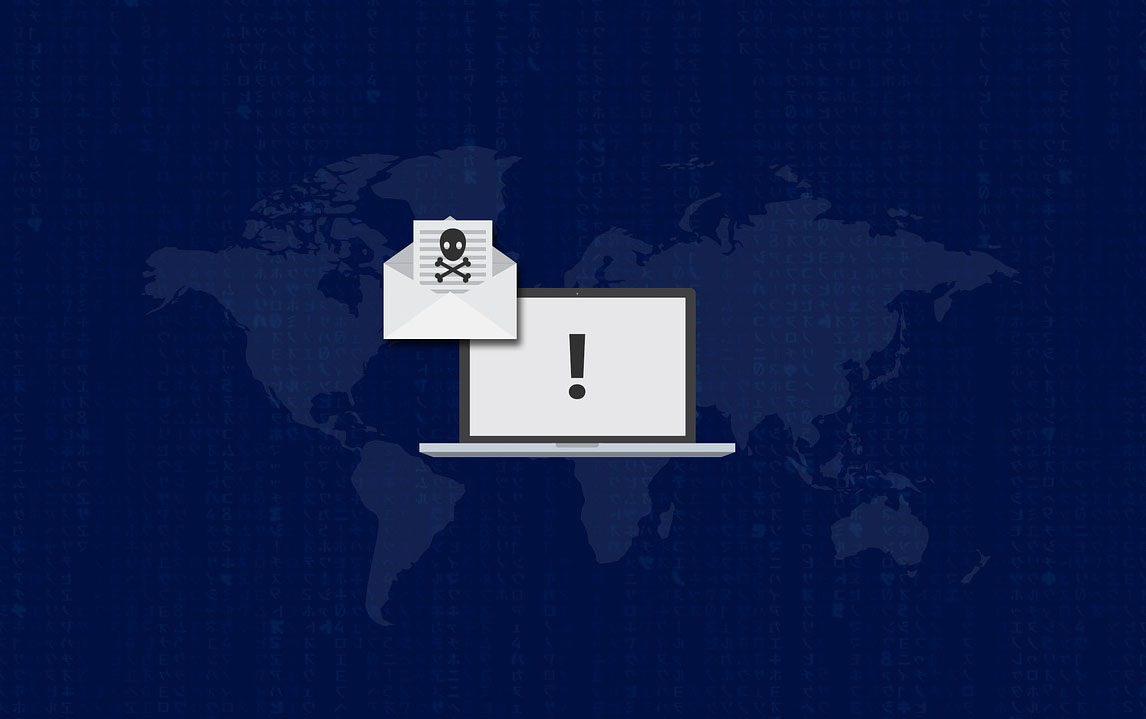Marijuana Policy Gap: Insurers' Uncertainty
Despite states' legalization, marijuana remains a controlled substance under federal law.

Despite states' legalization, marijuana remains a controlled substance under federal law.

Get Involved
Our authors are what set Insurance Thought Leadership apart.
|
Partner with us
We’d love to talk to you about how we can improve your marketing ROI.
|
57% of major offenses, such as DUIs, are unobservable by insurers due to dismissals or downgrades. 27% of traffic tickets are dismissed.

 Details of Driving Violations
It is possible and very important for insurers to gain deeper insight into original violation information for prospective and current customers, in addition to the final disposition decisions. Insurers should seek information that includes court record data so they can provide more accurate quotes and improve adhering to their underwriting guidelines. Implementing court record violation data solutions can enable insurers to capture valuable insight into: convictions from a prior state (which may be associated with a previous driver’s license number), regardless of a change in name or address; convictions while driving outside of the resident state; tickets with dispositions other than guilty; and tickets and violations that are still active (not yet adjudicated).
See also: 5 Steps to Understand Distracted Driving
Court record violation data is an essential tool for insurers to develop accurate pricing and underwriting strategies. By understanding a fuller picture of violation history, insurers will be able to more effectively assess the risk of each driver and implement programs to capture the appropriate amount of premium dollars for riskier drivers while providing more affordable premiums to cleaner drivers.
For additional information about TransUnion’s study findings and DriverRisk, please click here.
Details of Driving Violations
It is possible and very important for insurers to gain deeper insight into original violation information for prospective and current customers, in addition to the final disposition decisions. Insurers should seek information that includes court record data so they can provide more accurate quotes and improve adhering to their underwriting guidelines. Implementing court record violation data solutions can enable insurers to capture valuable insight into: convictions from a prior state (which may be associated with a previous driver’s license number), regardless of a change in name or address; convictions while driving outside of the resident state; tickets with dispositions other than guilty; and tickets and violations that are still active (not yet adjudicated).
See also: 5 Steps to Understand Distracted Driving
Court record violation data is an essential tool for insurers to develop accurate pricing and underwriting strategies. By understanding a fuller picture of violation history, insurers will be able to more effectively assess the risk of each driver and implement programs to capture the appropriate amount of premium dollars for riskier drivers while providing more affordable premiums to cleaner drivers.
For additional information about TransUnion’s study findings and DriverRisk, please click here.
Get Involved
Our authors are what set Insurance Thought Leadership apart.
|
Partner with us
We’d love to talk to you about how we can improve your marketing ROI.
|

Kathleen Denier is responsible for TransUnion’s DriverRiskSM product development and quality. Denier is a chartered property casualty underwriter (CPCU) and has over eight years of insurance industry experience in various functions.
Excitement tends to center on transformational technologies, yet today's No. 1 task is a foundation for efficiency, effectiveness and flexibility.

Get Involved
Our authors are what set Insurance Thought Leadership apart.
|
Partner with us
We’d love to talk to you about how we can improve your marketing ROI.
|

Mark Breading is a partner at Strategy Meets Action, a Resource Pro company that helps insurers develop and validate their IT strategies and plans, better understand how their investments measure up in today's highly competitive environment and gain clarity on solution options and vendor selection.

With August approaching, football training camps (American football) are opening, and I can't wait. I am reminded of a conversation I recently had with a sports agent about what makes some coaches consistently successful.
My conversation with Bruce Tollner, a founder of Rep 1 Sports who works with college and professional coaches, focused on the fact that most teams rise and fall on the strength of their leadership, and that's just as true of companies in the insurance industry. It's especially true when it comes to innovation. A.M. Best has made leadership a key component of its proposed innovation assessment process for insurers.
Many coaches will tell you that better players make them better coaches, and talent is certainly a huge part of any organization's success. Acquiring and maintaining talent is a challenge for leaders, and it's important on and off the field to have the right people in the right roles.
But, just as a winning basketball coach might not also be a strong football coach, not just anyone can effectively lead insurance innovation efforts. Subject matter expertise is crucial, not only to understand the game but also to apply perspective. A problem we observe is that sometimes the entrepreneurs, VCs and people whom incumbents hire for their innovation efforts have little to no insurance industry knowledge. The lack of experience and insight to assess technologies and generally connect the dots can limit results.
There is a big difference between people who hold leadership positions and those who are leaders. Leadership flows from the impact that leaders have on the organization, from their passion and how they inspire their teams.
What else makes a good leader?
A mantra of mine is that respect must run downhill before trust will run uphill. The point is that leaders who care about and value input from their teams will engender trust, resulting in a better-run, more-successful organization. Most great leaders listen and develop strategy based on a variety of inputs.
Great leaders then communicate strategy effectively, provide the resources to get the job done and grant authority to individuals to do the job. That last part is important, because assistant coaches and innovation leader can't constantly be glancing over their shoulders to see if the head coach or CEO is going to second guess them, override their decision or fire them.
Another leadership quality is resiliency. Bruce said coaches rarely find themselves in optimal conditions. Elements are always lacking or could be better. The best coaches still find ways to position themselves to succeed, through a consistent and continual process.
My wife is a coach at the college athletics level, and she says that passion for the job, a sense of service to others, commitment to the team and support from the organization are all critical.
When people in positions of leadership don't demonstrate a commitment to innovation, when they simply do innovation to check a box or delegate it to someone else and aren't personally invested, the results are usually disappointing.
In its draft innovation assessment process, A.M. Best emphasized how important leadership is to success. The score for a company depends on setting and communicating strategy, supporting the troops, providing resources and creating a structure and process for success. Best stated that "an enterprise is unlikely to have a high culture assessment if it does not have strong leadership."
I love sports. I love the competition. I love that there's always another game or another season, another opportunity to prove yourself. I like the sports analogy between winning coaches and successful insurance leadership because innovation is a never-ending game. Companies need to position the right talent, have an effective process and show commitment by senior leaders to succeed over the long term, not just in a single instance. Success must be nurtured and maintained; there's no quitting after one unsuccessful play, game or season.
Here's to football season, and here's to the insurance industry's innovation efforts. Wishing your team all the success they earn.
Cheers,
Wayne Allen
CEO
Get Involved
Our authors are what set Insurance Thought Leadership apart.
|
Partner with us
We’d love to talk to you about how we can improve your marketing ROI.
|

Insurance Thought Leadership (ITL) delivers engaging, informative articles from our global network of thought leaders and decision makers. Their insights are transforming the insurance and risk management marketplace through knowledge sharing, big ideas on a wide variety of topics, and lessons learned through real-life applications of innovative technology.
We also connect our network of authors and readers in ways that help them uncover opportunities and that lead to innovation and strategic advantage.
Will insurers acknowledge the severity of the opioid threat by subsidizing better treatments, like those employed outside the U.S.?

Get Involved
Our authors are what set Insurance Thought Leadership apart.
|
Partner with us
We’d love to talk to you about how we can improve your marketing ROI.
|
The dark side of technology—namely ransomware attacks—is now infiltrating self-insured municipalities.

Get Involved
Our authors are what set Insurance Thought Leadership apart.
|
Partner with us
We’d love to talk to you about how we can improve your marketing ROI.
|

Jim Leftwich has more than 30 years of leadership experience in risk management and insurance. In 2010, he founded CHSI Technologies, which offers SaaS enterprise management software for small insurance operations and government risk pools.
If you have provided insurance services to the art community for long enough, you will receive a “Friday phone call.” Be careful.

Get Involved
Our authors are what set Insurance Thought Leadership apart.
|
Partner with us
We’d love to talk to you about how we can improve your marketing ROI.
|

Anne Rappa has more than 23 years’ experience in the fine art insurance field in representing large and complex museum, commercial and private and corporate collection risks. She has both specialty fine art insurance as well as a general insurance background.
You know that ugly workers' comp case is probably going to settle. Muster your courage to make it happen sooner.

Get Involved
Our authors are what set Insurance Thought Leadership apart.
|
Partner with us
We’d love to talk to you about how we can improve your marketing ROI.
|

Teddy Snyder mediates workers' compensation cases throughout California through WCMediator.com. An attorney since 1977, she has concentrated on claim settlement for more than 19 years. Her motto is, "Stop fooling around and just settle the case."
Don’t ask what changes mean for you. Ask instead what these changes mean to the marketplace – to each of us as consumers.

Get Involved
Our authors are what set Insurance Thought Leadership apart.
|
Partner with us
We’d love to talk to you about how we can improve your marketing ROI.
|

Mike Manes was branded by Jack Burke as a “Cajun Philosopher.” He self-defines as a storyteller – “a guy with some brain tissue and much more scar tissue.” His organizational and life mantra is Carpe Mañana.
Insurers must drive operational efficiency and reduce expenses. Event response and claims automation is a great place to start.

Get Involved
Our authors are what set Insurance Thought Leadership apart.
|
Partner with us
We’d love to talk to you about how we can improve your marketing ROI.
|

Rick Vissering is a risk management and insurance industry professional with over 35 years of experience. Vissering’s knowledge of the P&C market ranges from claims handling to portfolio management, underwriting, catastrophe models and even systems design and development.